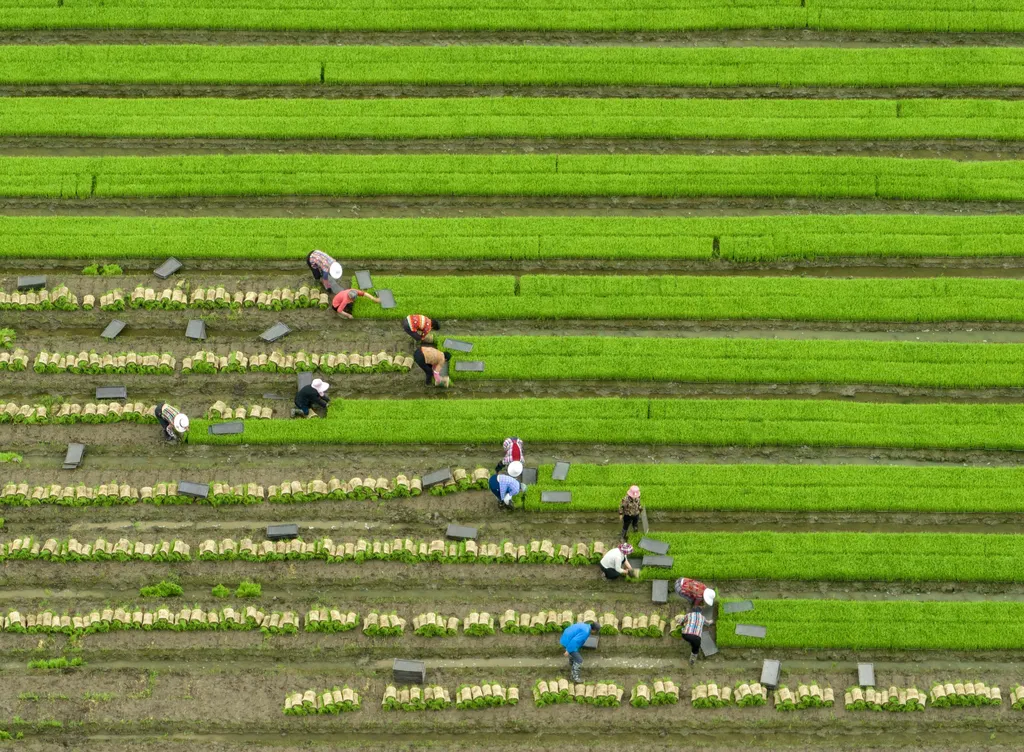In the heart of Xinjiang, China, a groundbreaking study led by Jianrui Dong from Shihezi University is challenging our understanding of soil health and sustainable agriculture. The research, published in *Industrial Crops and Products*, explores the intricate dance of bacteria and fungi in the soil when perennial plants like Fritillaria pallidiflora Schrenk are intensively cultivated for consecutive years. The findings are a wake-up call for the agriculture sector, revealing a complex interplay that could reshape farming practices.
The study compared the rhizosphere microbiome and functions of intensively cultivated Fritillaria pallidiflora Schrenk for 2, 3, and 4 consecutive years with native ecosystems. The results were striking: intensive continuous cultivation increased the complexity of bacterial-fungal cross-domain networks but significantly reduced soil quality by 48.6% and ecological sustainability by 77.3% compared to the native environment.
“Unlike annual plant cultivation processes, the intensive continuous cultivation of perennial plants drives changes in microbial community metabolism and interaction patterns,” Dong explained. This shift leads to a more complex network of bacteria and fungi, but at a cost. The study found that fungi dominate these networks, adapting to continuous cropping stress and controlling cross-domain networks through metabolic and ecological functions related to resource acquisition and competitive interactions. Bacteria, on the other hand, tend to self-regulate, influencing soil quality.
The commercial impacts for the agriculture sector are profound. Continuous cropping led to strong bacterial and fungal impacts on soil nitrogen and sulfur cycling processes, which are critical for plant growth and soil health. The study’s structural equation modeling revealed a reversal from positive feedback between microbial function and network complexity in native environments to negative feedback in continuous cropping systems. This means that as farmers intensively cultivate perennial plants, they might be unwittingly degrading soil quality and ecological sustainability.
The research suggests that the current practices of intensive continuous cultivation could be unsustainable in the long run. “Our results indicate that the increased complexity of soil bacterial-fungal cross-domain networks comes at a severe cost to soil quality and ecological sustainability,” Dong noted. This calls for a re-evaluation of current farming practices and a push towards more sustainable alternatives.
The findings could shape future developments in the field by highlighting the need for integrated soil management strategies that consider the complex interactions between bacteria and fungi. Farmers and agronomists might need to adopt practices that promote soil health and microbial diversity, such as crop rotation, reduced tillage, and organic amendments. Additionally, the study underscores the importance of monitoring soil quality and ecological sustainability to ensure long-term agricultural productivity.
As the agriculture sector grapples with the challenges of feeding a growing population, this research serves as a crucial reminder of the delicate balance between productivity and sustainability. The intricate dance of bacteria and fungi in the soil is a testament to the complexity of nature, and understanding this dance is key to securing our agricultural future.

